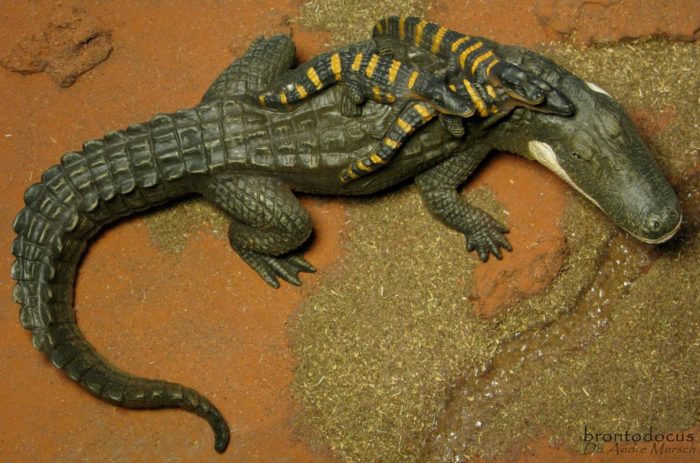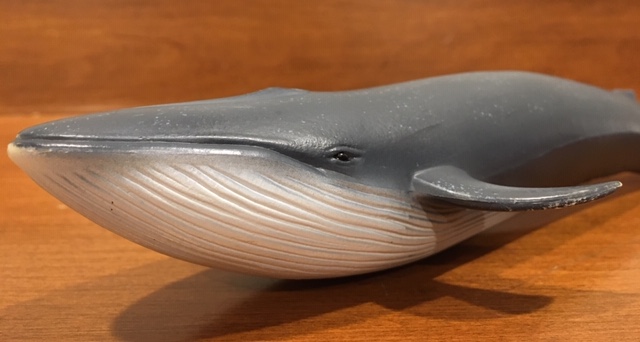This walk-around covers the Incredible Creatures (American) Alligator with Babies, Alligator mississippiensis (Daudin, 1802). A huge figure, stretched out it would be approx. 481 mm total length and 242 mm snout-vent length. Considering normal adult lengths between 2.5 and 4.4 m (although larger specimens are known) the scale would be between 1:5 and 1:9.
Type: Figurine
Sperm Whale, 2018 (Sealife by CollectA)
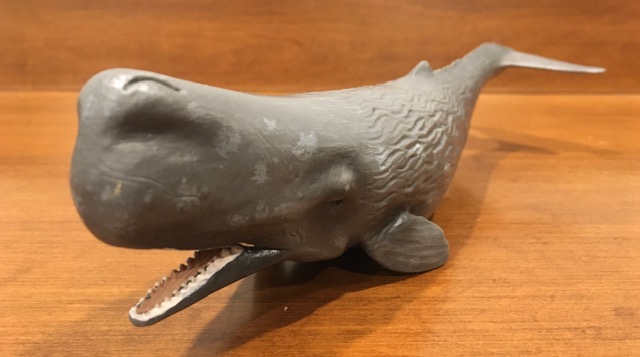
Review and photos by Suspsy; edited by bmathison1972
A truly awesome beast, the sperm whale (Physeter macrocephalus) is the largest of all extant flesh-eating animals, the second deepest diving mammal, the scourge of squid, and the inspiration behind Moby-Dick. Its unusual name is derived from the fact that its head contains a waxy substance called spermaceti, which was originally mistaken for the whale’s seminal fluid!
Pacific Oyster (Nature Techni Colour: Nature of Japan Vol. 1 by Kitan Club)
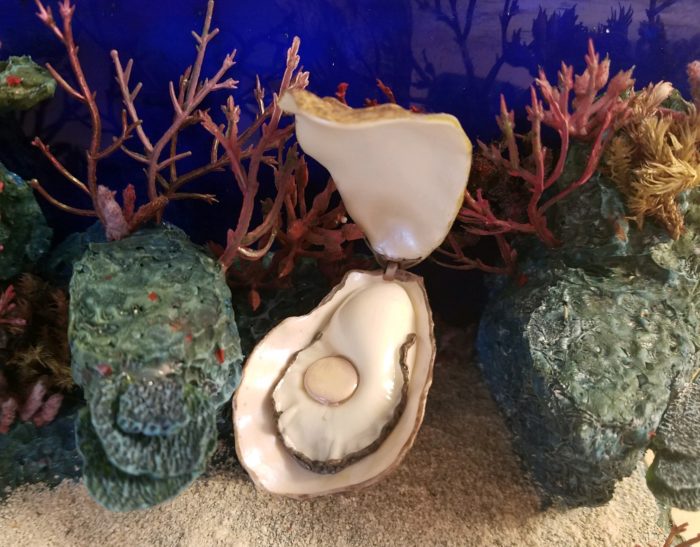
Shortly before the Nature Techni Colour line was taken over by Ikimon, Kitan Club released three sets (volumes) under the title Nature of Japan. Each set features 10 figures representing animals, and in rare cases plants or geological structures, of Japan. Here we visit one of the figures of the first set, the Pacific oyster (Magallana gigas).
Humpback Whale (Sealife by CollectA)
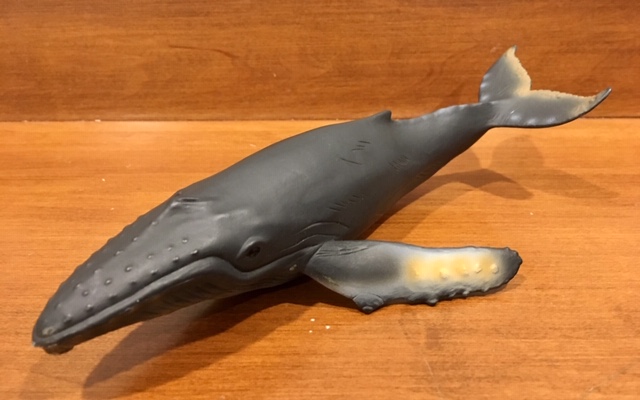
Review and photos by Suspsy; edited by bmathison1972
Between its knobbly head, its enormous flippers, and, of course, its noticeably humped back, the humpback whale (Megaptera novaeangliae) is quite unmistakable. I fondly remember seeing an entire pod of humpbacks on a whale watching trip with my family off the coast of Cape Cod, Massachusetts, way back when I was only four or five years old.
Chinese Bahaba (Series 1 by Aquameridian)
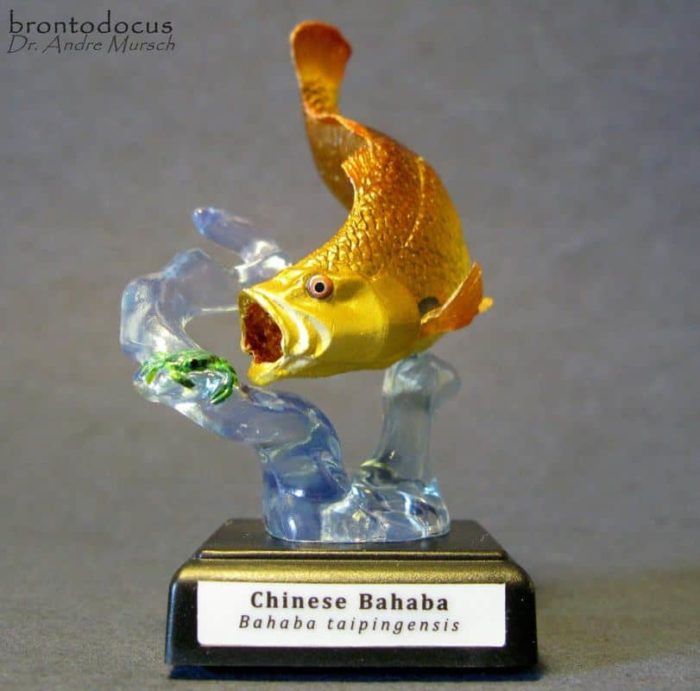
A walk-around of an Aquameridian figure, here is the Series 1 Chinese bahaba, Bahaba taipingensis (Herre, 1932). The model displays a little hunting scene where the bahaba is about to catch a tiny crab (apparently a species of Portunidae due to the long lateral spines of the carapace) by suction feeding.
Gaur Bull (Wildlife by Mojö Fun)
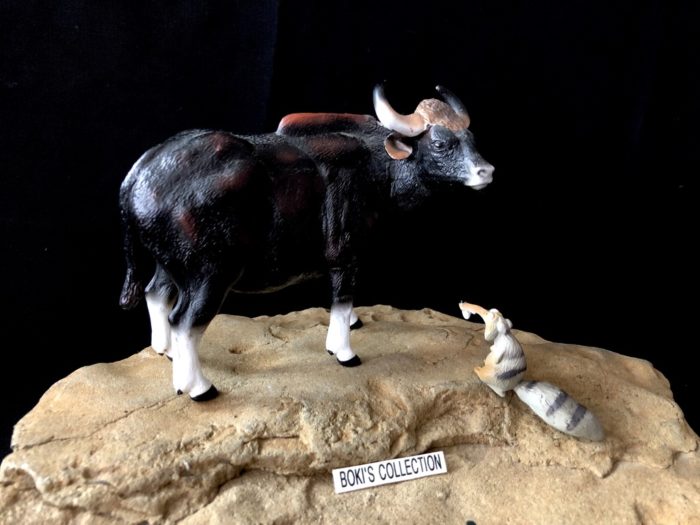
Review and photos by OkapiBoy
On our last review, we explored the deep and mysterious highland forest of the Annamites mountain range where we met one of its rarest inhabitant.Today, we will head down to the lowlands and forest edges to meet another bovine, this time a large one.Tropical rainforest are one of the most threatened ecosystem in the world, and animals that depends on them and call it home are also some of the most endangered.The rainforest of Southeast Asia in particular are hard hit by deforestation and booming human populations that continues to push what remains into smaller and fragmented patches.
Ornate Horned Frog (Incredible Creatures by Safari Ltd)
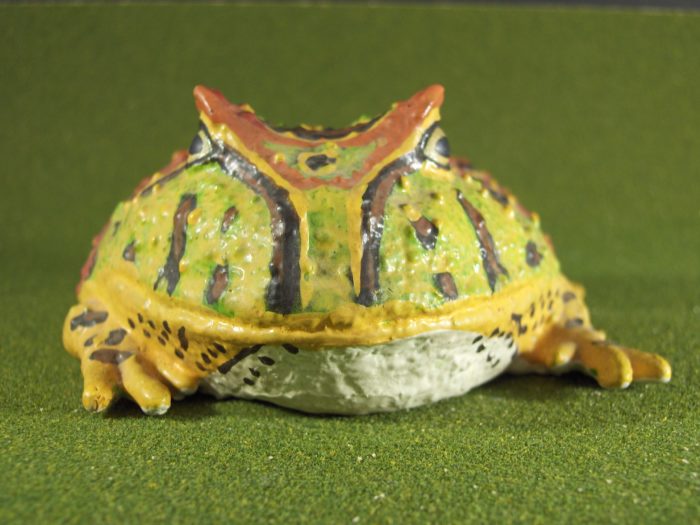
For this post I am revisiting a figure that I originally discussed on the Animal Toy Forum here, the Safari Ltd Horned Frog from 1997! This figure has a few sources of mystery around it due to a few factors–first, the line it is part of. In the few places it is referenced online, it is referred to as a part of the Incredible Creatures line–this makes sense as it is nearly perfect 1:1 scale and has the typical hollow-cast design.
Smokybrown Cockroach (Capsule Q Museum: Sanitary Insect Pest Exhibition by Kaiyodo)
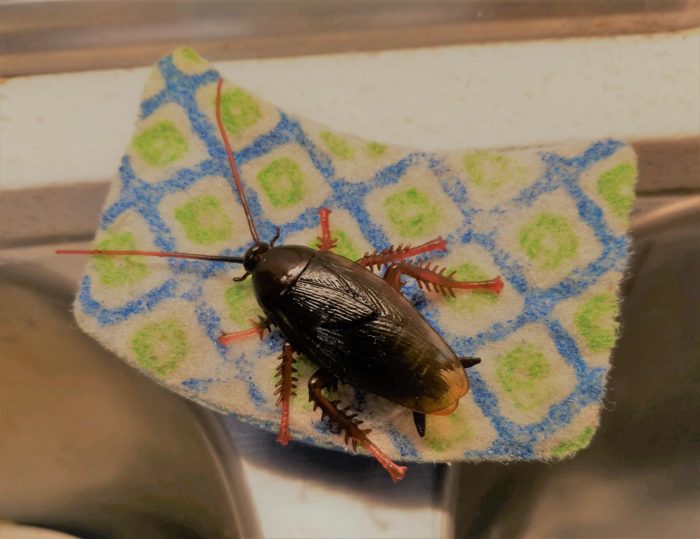
Today we are reviewing the smokybrown cockroach, Periplaneta fulginosa, by Kaiyodo for the Sanitary Insect Pest Exhibition from 2015. A year later, Kaiyodo would release a nymph of this same species in the Sticky Tack Insect set (see the third image). Like most anthropophilic species, the smokybrown is native to Asia.
Griffon Vulture (Wild Life by Schleich)
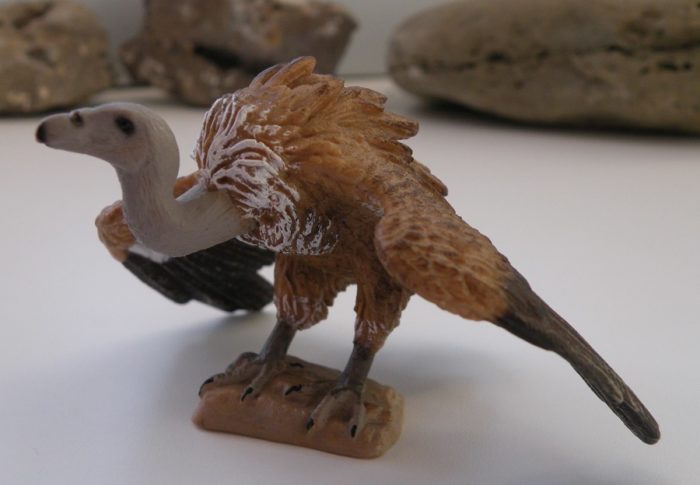
The griffon vulture (Gyps fulvus) is one of the most widely distributed of the old world vultures, ranging throughout Asia, Europe, and small portions of Africa. As such they also represent the archetypal vulture; the kind you might see perched on a tombstone in an old western movie, despite being visually dissimilar to the new world vultures of the American west.
Blue Whale (British Museum: Natural History by Invicta)
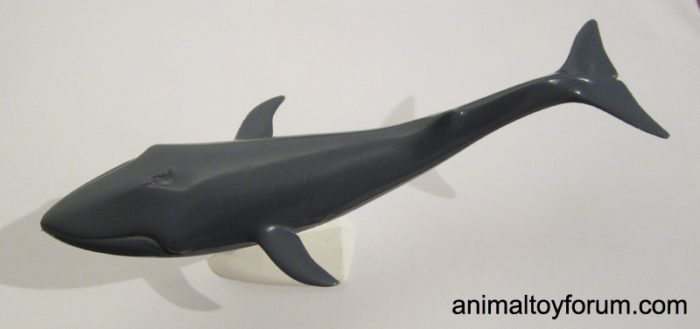
Oof! Two blue whale toy reviews in a row, these things happen! The blue whale (Balaenoptera musculus) is the only extant animal in the famous monochrome line produced by Invicta Ltd for the British Museum (Natural History). If you’re not familiar with this museum that’s because the museum was rebranded in the 1990s as the Natural History Museum, London.
Blue Whale, 2006 (Sealife by CollectA)
Bearded Vulture (Bullyland)
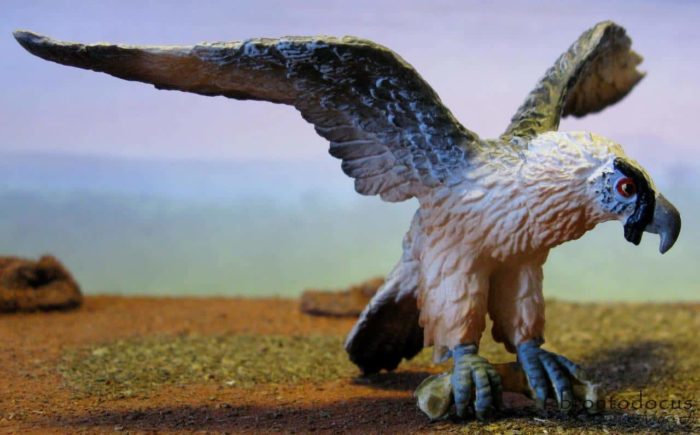
Editor’s note: beefing up both birds and Bullyland by brontodocus!
This walk-around covers the Bullyland Animal World Bearded Vulture (or Lammergeier) Gypaetus barbatus (Linnaeus, 1758). Length is approx. 89 mm, wing span (if the wings were fully stretched out) approx. 170 mm, so the scale would be between 1:11 and 1:14 based on body length and 1:14 – 1:16 based on wing span.

